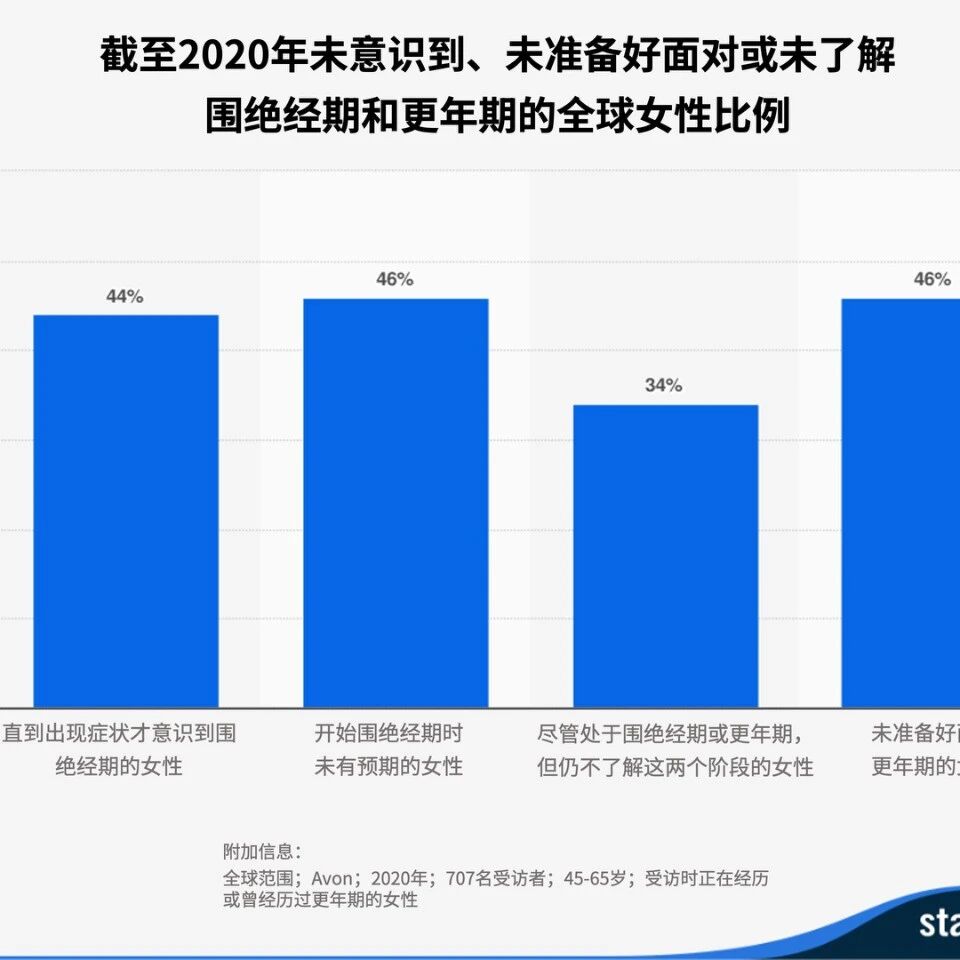In 2021 alone, global health spending reached a staggering $9.8 trillion—equivalent to 10.3% of global GDP.
Image source:Pexels
Elena Sterlin
Founder of LifeLong.Life
Rising healthcare spending is becoming increasingly unsustainable, yet it has failed to extend people's life expectancy.
Technology can provide cost-effective solutions to address health challenges.
Fields such as fitness, musculoskeletal therapy, and maternal healthcare highlight the role of digital interventions.
Most observant individuals have realized that rising healthcare costs are placing immense pressure on families, governments, insurance companies, and healthcare providers—yet they’ve failed to deliver improved health outcomes.In 2021 alone, global health spending reached a staggering $9.8 trillion—accounting for 10.3% of global GDP. Yet, over the past decade, life expectancy has stagnated in many countries, including the United States, where annual health expenditures exceed $4 trillion.We must embrace change, yet progress is painfully slow. The transformation faces numerous obstacles, including: a lack of public awareness about the necessity and effective methods of maintaining health, concerns among insurers and the public that preventive care comes with high short-term costs and delayed benefits, and the absence of incentives to encourage healthcare providers to alter their practices.International organizations are actively stepping up their efforts to draw global attention to this issue. The United Nations has set forth Sustainable Development Goals focused on health, while the World Economic Forum has established a Center on Health and Healthcare to provide clear direction and champion advocacy initiatives. These efforts are bolstering related research and fostering a worldwide conversation about the various factors driving rising healthcare costs—such as population aging, the increasing prevalence of chronic diseases (particularly obesity, heart disease, cancer, musculoskeletal disorders, and mental health conditions), escalating prices of medical products, inefficiencies in administrative systems, and persistent health inequalities.As public awareness grows, we must encourage all stakeholders to shift their focus toward innovative approaches for tackling today’s health challenges—particularly by leveraging technology and artificial intelligence (AI) to:- Encourage people to engage in preventive healthcare
- Drive the automation of routine processes
- Transitioning from healthcare services to a value-based care model
Successful examples are already emerging in fields like fitness, musculoskeletal therapy, and maternal healthcare—demonstrating how effective technology can drive industry-wide transformation. These applications are providing valuable insights as we work to develop impactful digital interventions in the health sector.When it comes to treating mental health disorders, exercise is more effective than medication. Multiple studies have shown that physical activity can help prevent or delay the onset of heart disease, certain types of cancer, and diabetes.Several companies have designed and promoted technology solutions aimed at encouraging consumer participation in fitness activities. Health and life insurer Vitality is one of the global leaders in this space. Their wellness programs are grounded in the scientific principles of behavior change and habit formation, offering a range of incentives—such as everything from a cup of coffee to reduced insurance premiums—to motivate people to stay active on a regular basis.Immediate rewards help strike a balance between short-term costs and long-term benefits, encouraging over 60% of Vitality members to stay consistently active—and even reducing healthcare costs by 15%. Vitality continuously tracks and analyzes its health data to ensure a clear link exists between physical activity, health outcomes, and cost savings. Today, health and life insurance companies across more than 40 countries worldwide have adopted Vitality’s technology solutions.Another company, Sency, has developed an AI model that provides expert insights into human movement. This model enables individuals to track their fitness levels and receive personalized workout plans tailored by an AI coach. As a result, consumers using the AI coach have seen their exercise participation rates triple. Sency’s solution is also gaining significant popularity among personal trainers, who can now monitor their clients’ fitness progress more effectively—and at a lower cost—thanks to the AI coach.In the United States, one in every two adults suffers from musculoskeletal disorders, with annual treatment costs reaching approximately $380 billion. Addressing musculoskeletal pain could significantly reduce healthcare expenditures.Companies like Hinge, Omada, and Sword have developed a new physical therapy approach: AI-powered remote physiotherapy guided by licensed therapists. This innovative treatment has helped patients reduce pain by 70%, while also significantly easing depression and anxiety—often linked to chronic pain—by 35–45%. Additionally, it has led to a 53% reduction in the use of pain medications. A recently published report from the Peterson Health Technology Institute (PHTI) independently confirms that the clinical outcomes of this remote musculoskeletal therapy are comparable to those achieved through traditional in-person physical therapy sessions.Thanks to the promising treatment outcomes from reduced medication use and rapidly declining costs, insurance companies are showing strong demand for the new generation of physical therapy technologies.From 2017 to 2021, the maternal mortality rate in the United States increased by 85%. Black women faced a maternal death rate three times higher than that of white women. Additionally, women from racial and ethnic minority groups experienced less favorable health outcomes, including higher infant mortality rates, poorer postpartum mental health, and higher rates of preterm birth.Health tech companies like Maven and Ovia have developed healthcare solutions aligned with value-based care principles to address maternal health challenges. By leveraging remote monitoring, telehealth services, and data-driven analytics, these companies have helped reduce preterm birth rates by 30%, Cesarean section rates by 18–28%, and neonatal intensive care unit admissions by 32%. Additionally, 85% of customers reported a significant reduction in symptoms of anxiety and depression. Several independent studies have further validated the effectiveness of these technology-driven solutions in enhancing maternal health outcomes.With fewer complications, improved treatment outcomes, and rapidly declining costs, insurers are showing strong demand for innovative maternal healthcare solutions.The encouraging examples mentioned above demonstrate that technology solutions with high user engagement can reduce healthcare costs by improving treatment outcomes. As more and more tech companies increasingly involve consumers in shaping their health behaviors—and collaborate with healthcare providers and insurers to promote their solutions—we’ll begin witnessing positive transformations in the medical industry, including lower healthcare expenses, better health outcomes, and people living longer, more active lives.
The above content represents the author's personal views only.This article is translated from the World Economic Forum's Agenda blog; the Chinese version is for reference purposes only.Feel free to share this on WeChat Moments; please leave a comment below the post if you’d like to republish.
Translated by: Di Chenjing | Edited by: Wang Can
The World Economic Forum is an independent and neutral platform dedicated to bringing together diverse perspectives to discuss critical global, regional, and industry-specific issues.
Follow us on Weibo, WeChat Video Accounts, Douyin, and Xiaohongshu!
"World Economic Forum"





